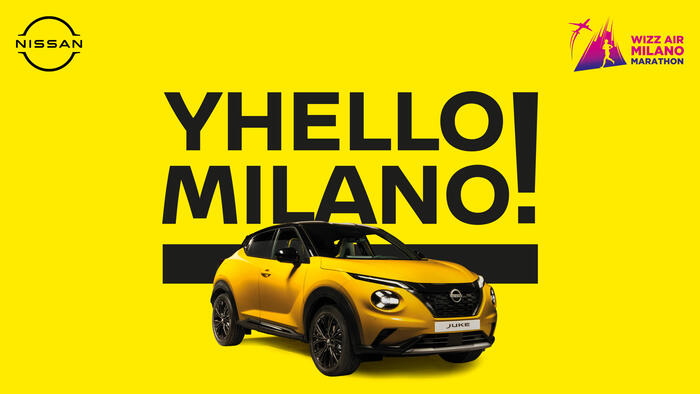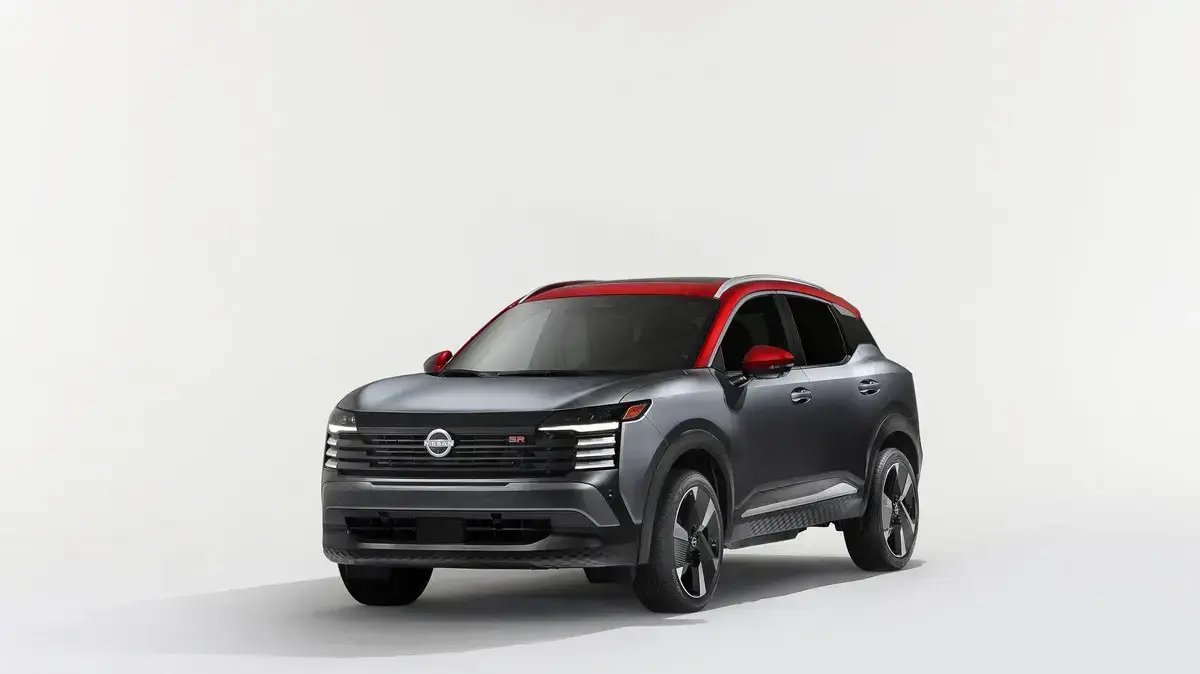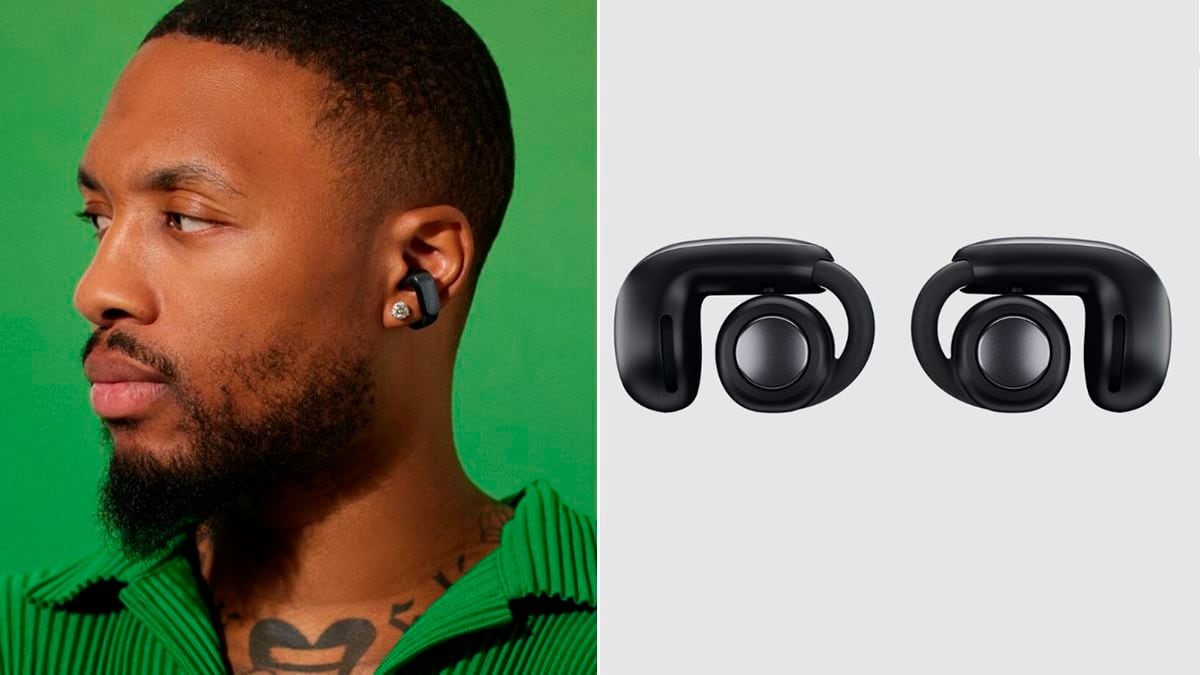The cockroach turns more heads, is taller and stands out more (photo: Walla! system, Kenan Cohen)
Hyundai Kona Hybrid Prestige
Price:
NIS 154,000
Score:
8/10
We liked:
fuel consumption, safety equipment
We didn't like:
rear space, aging
Nissan Juke Hybrid Tecna Tech TT
Price:
NIS 153,000
Score:
8.5/10
We liked:
Design , passenger cabin, space, road behavior
We didn't like:
fuel consumption, safety equipment
Next week the fuel prices for the month of March will be published.
We will feel the results of the jump in the dollar exchange rate in recent weeks against the background of the legislative procedures of the legal revolution at the stations.
Despite the surge in sales of electric cars, they are still not for everyone.
But since everyone today understands the importance of reducing fuel consumption, some because of the cost of living crisis and some because of the climate crisis, hybrids are still sold more in Israel than electric cars, even though the country already eliminated their tax benefits last year.
Hyundai was already there in the middle of the previous decade with the family Ionique, which later bequeathed its drive system to the crossover buyer, and the option of choosing between gasoline, hybrid and electric versions.
Juke has a new hybrid interest, and its gasoline-electric version landed in Israel in recent weeks, trying to step into the shoes of the aging Toyota C-HR, which was the first hybrid in the Jeep group and will be replaced next year by a new model.
The prices are similar: the Juke is priced at NIS 153,000 in the well-equipped version, while the intermediate version is NIS 1,000 more expensive, with both costing the same as a Toyota Corolla family hybrid, but taller and more fashionable.
But who is better?
The buyer also has the option of two-tone painting, but then it is more expensive (Photo: Walla! System, Keinan Cohen)
Design:
Thanks to the facelift the buyer went through last year, it is still handsome even in the last year of the model, when a successor has already been presented in the sand and will land here in the last quarter of the year.
The front is sporty, the design is tough.
But the new Juke is more handsome and modern.
From the first glance you recognize that this is the iconic Nissan Jeep, one of the founders of this market segment almost 15 years ago.
But with the nickel on the front, the round headlights and the two-tone paint job it's just more handsome.
Only thing is less child-friendly with the rear door handles that are hidden in the door beam, and a small child just won't reach to press them and open the door for himself.
More in Walla!
10 weeks and swim half an hour rowing easily!
TI undertake!
Served on behalf of TI SWIM
The driver's environment in the Juke is more modern, and the multimedia is also better (Photo: Walla! System, Keinan Cohen)
The driver's environment shows the age of the buyer, the quality of the plastic and the graphics and operation of the multimedia screen (Photo: Walla! System, Kenan Cohen)
The Juke has a little more knee room, but it is less child-friendly: smaller windows, door handles are too high (Photo: Walla! System, Kenan Cohen)
Both lack rear seat air conditioning outlets.
Maybe when they developed the buyer the world was less warm (photo: Walla! system, Kenan Cohen)
Passenger compartment:
Once the age is even more noticeable in the driver's environment.
The Nissan is designed cleaner, more modern, and with better quality plastics.
Although the screen size is the same in both, the graphics in the Nissan are more recent and the operation is simpler and better.
The Nissan also has more vents, and they're easier to manipulate.
Nissan also has an advantage in space, both in the back seat and in the trunk, with a volume of 422 liters compared to 374 liters in the Kona.
Although the Juke is cm longer, with an overall length of 4.21 meters, its wheelbase is 4 cm longer, at 2.64 meters, which is noticeable in the interior space.
Both however would be too narrow for three adults or children in restraints.
The Juke's trunk is larger and more useful (Photo: Walla! System, Kenan Cohen)
buyer.
The hybrid battery takes up volume, and eliminates the spare wheel in both (photo: Walla! system, Keinan Cohen)
Equipment: The Juke is sold in two trim levels.
The basic Acenta-Tech comes with an 8-inch multimedia screen with Android Auto and Apple CarPlay connectivity, a 7-inch screen on the dashboard, climate control, light 17-inch rims, front and rear parking sensors, light and rain sensors, electric folding side mirrors and synthetic leather upholstery .
The more expensive Acenta-Tech TT level we drove upgrades to 19-inch wheels, two-tone paint and LED fog lights.
The buyer offers a choice between three levels of equipment.
All of them have an inch multimedia screen with Android Auto and Apple CarPlay, electric folding climate control for the side mirrors, a lighting sensor and rear parking sensors.
The basic Premium comes with lightweight 16-inch rims, so it's a bit more economical than the rest.
The Prestige we drove upgrades to 18-inch wheels and adds a 10.25-inch digital dashboard, a smart key for entry and start, and a rain sensor.
The Superim trim level also adds electric adjustment for the driver's seat, an inflatable lower back cushion, height adjustment for the passenger seat and a black roof.
Safety:
Both have a high level of active systems, including autonomous emergency braking, lane departure correction, speed sign recognition and automatic high beam (not the base Hyundai).
The buyer also has blind spot and rear cross-traffic monitoring in the two higher levels, including emergency braking in reverse.
Both, in a way that is already unusual in the group today, have normal, non-adaptive cruise control.
You will have to keep your distance yourself.
The Jock is more agile and has better road behavior (photo: Walla! system, Kenan Cohen)
But the buyer has a few more tricks: he is more economical than the younger competitor, by about 15% (Photo: Walla! system, Kenan Cohen)
Engine and performance:
both have hybrid systems around 1.6-liter gasoline engines, with the Juke (143 hp) being slightly more powerful than the Kona (141 hp).
It has a 4-speed automatic transmission that is integrated into the hybrid system, Hyundai has a 6-speed dual-clutch robotic transmission.
Both have front-wheel drive.
The Juke is slightly more agile, the performance in Kona is left to the wild gasoline version.
But despite the sophistication and the younger hybrid unit, the Juke was actually less economical, with 18.7 km per liter in cruising compared to 22.2 in the Hyundai, and 14.3 km per liter in the summary of the driving day compared to 16.6 in the Hyundai.
Behavior and comfort:
On the other hand, the Juke is a bit more comfortable and has better road behavior, two other areas where the Hyundai continues to show its age, and copes less well with urban disruptions and with undulating roads.
It also isolates road and suspension noise less.
As a vehicle whose successor has already been presented abroad, the buyer is still competitive. But the Juke is better (photo: Walla! system, Keinan Cohen)
The bottom line:
Hyundai, Kona, even a few months before the replacement, is still a useful and above all more economical crossover vehicle.
For some, that would be enough for them to prefer him.
But the better value is provided by the Nissan.
It is higher quality and more modern, up-to-date in design, quality, performance and road behavior.
It is not perfect, especially in fuel consumption, which we expected to be better against an old competitor.
But it is a smarter and more successful crossover and therefore it wins the test.
Both are significantly more expensive than the corresponding gasoline models, by about NIS 20,000.
This makes their purchase more of a fashion issue than an economic one: they will not return the difference within the three years accepted in Israel for owning a car, if the hybrid buyer is better off because its gasoline version is significantly thirstier than the Juke's.
However, given the current behavior of the used market, it is likely that their loss of value will be lower.
On the technical side: Hyundai buys a hybrid
Engine, drive:
gasoline, 1,580 cc + electric motor
power/torque:
141 hp/27 kgm
Gearbox:
double-clutch robotic, 6 gears
Dimensions:
Length (m):
4.21
Width (m):
1.8
Height (m):
1.55
Wheelbase (m):
2.60
Trunk (liters):
374
Performance:
Acceleration 0-100 (seconds):
11.3
Maximum speed (km/h):
161
Fuel consumption:
26.3 kml
Fuel consumption (test):
16.6 kml
Warranty:
5 years or 100 thousand km
Safety:
European crash test score:
5 out of 5 stars
Active safety:
Autonomous emergency braking, lane departure correction, autonomous braking in reverse
On the technical side: Nissan Juke Hybrid
Engine, drive:
gasoline, 1,588 cc + electric motor
power/torque:
143 hp/20.9 kg
Gearbox:
automatic, 4 gears
Dimensions:
length (m):
4.21
width (m):
1.8
Height (m):
1.59
Wheelbase (m):
2.64
Trunk (liters):
422
Performance:
Acceleration 0-100 (seconds):
10.1
Maximum speed (km/h):
166 Fuel
consumption
:
19.6 km/ l
Fuel (test):
14.3 kml
Warranty:
three years or 100 thousand km
Safety:
European crash test score:
5 out of 5 stars
Active safety:
autonomous emergency braking,Correction of deviation from the path
vehicle
Vehicle tests
Tags
Hyundai
Nissan














